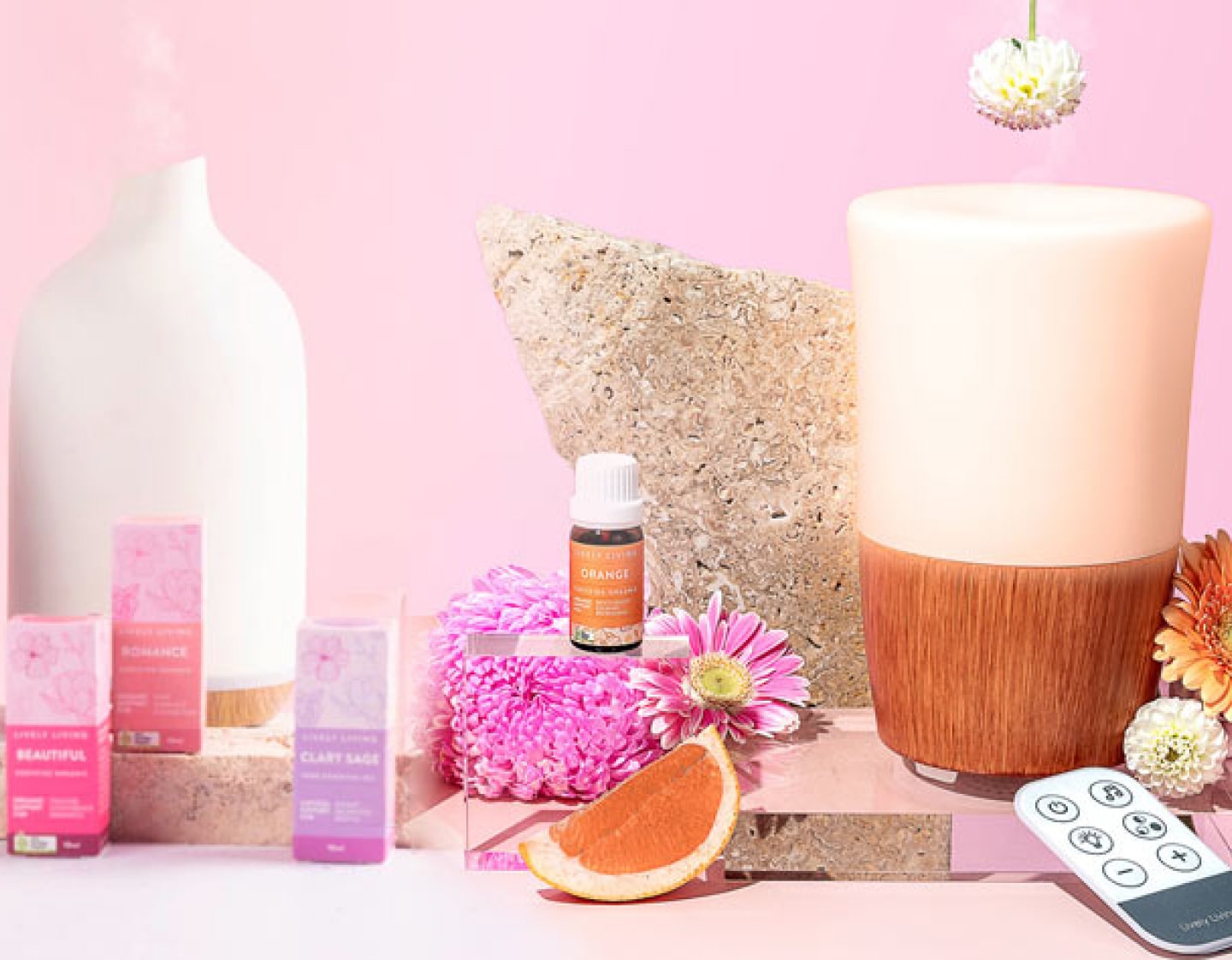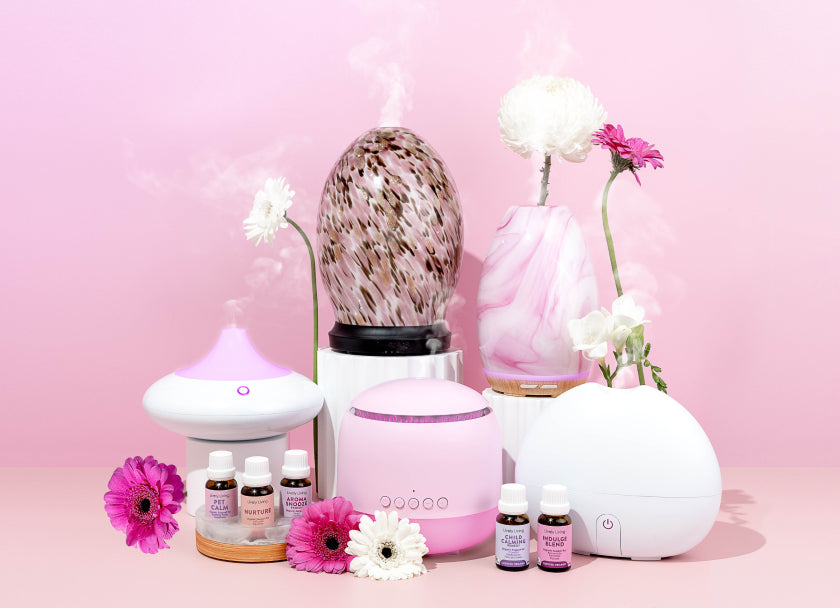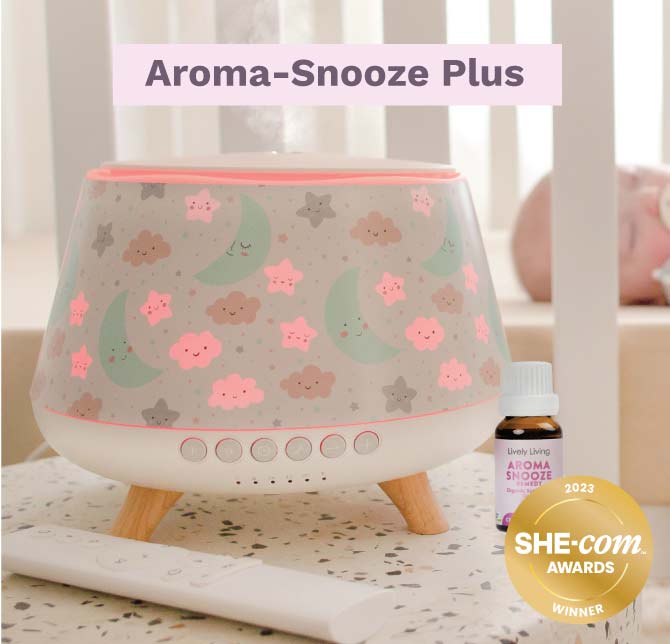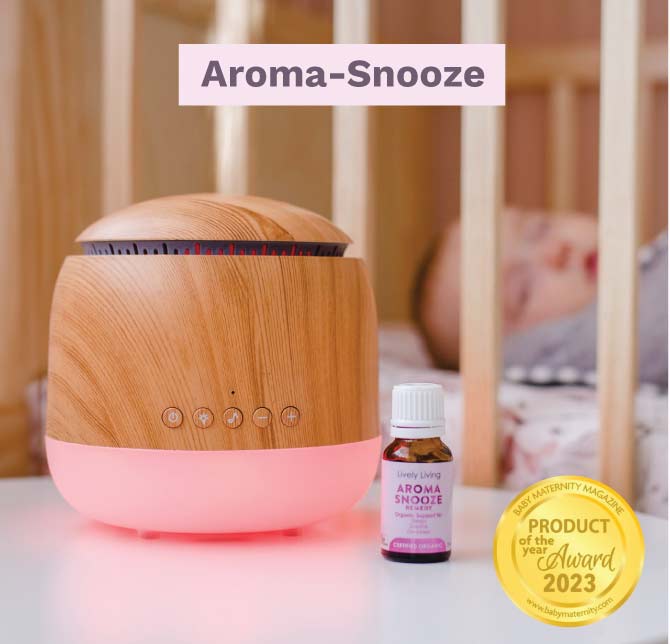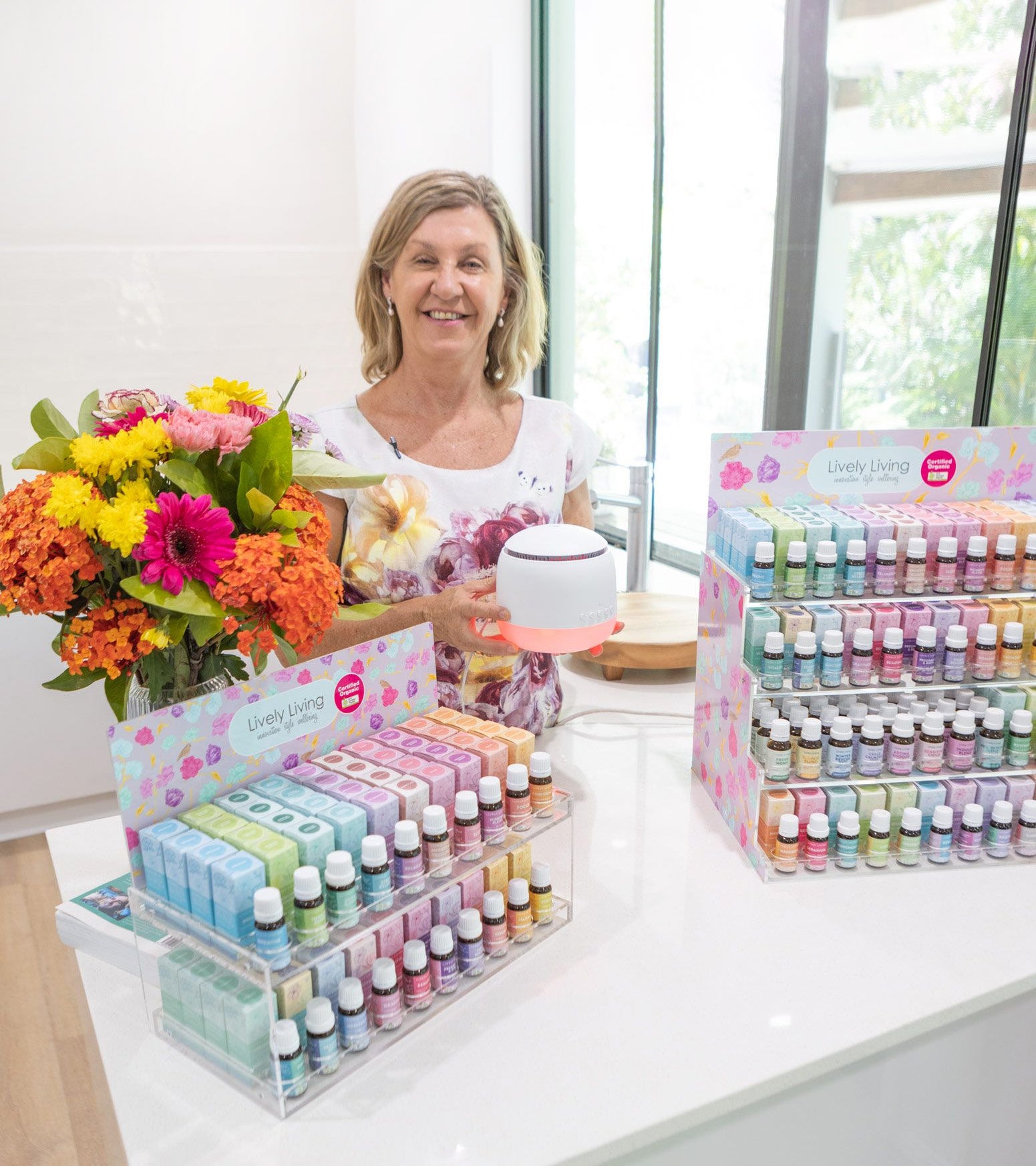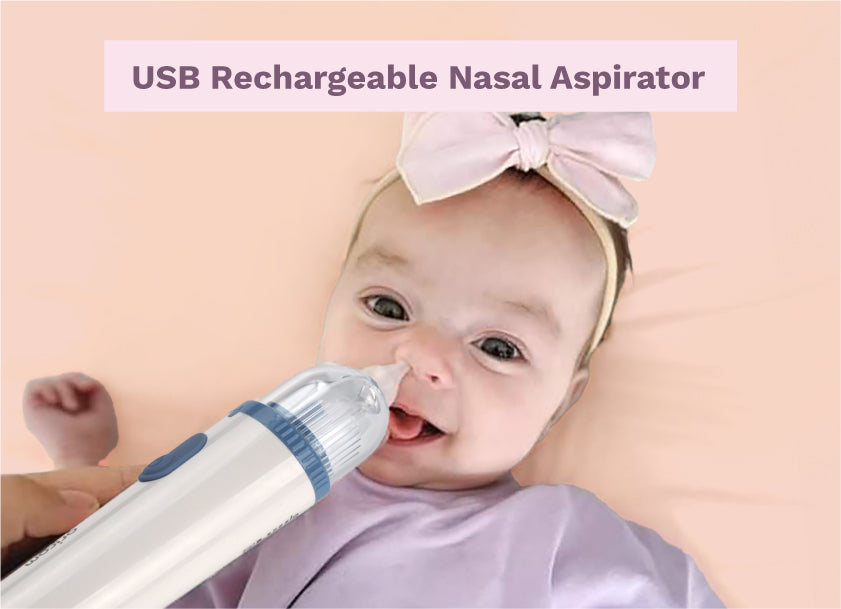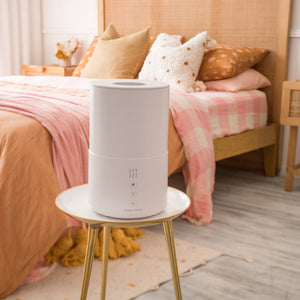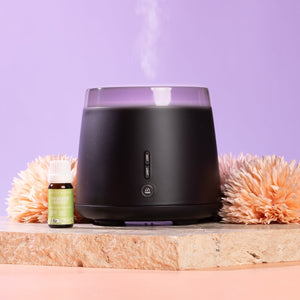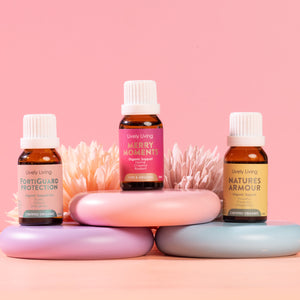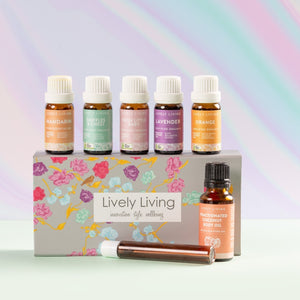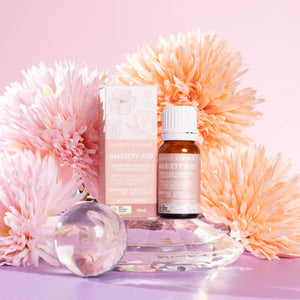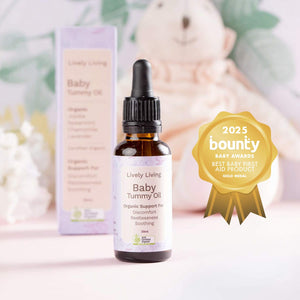The Sleep Tip that Changed Everything!
It is common for new parents to be overwhelmed with regards to their child’s sleep. So when mums or dads reach out to us for product recommendations and general advice, and different ways to support their childs sleep, we always like to help the parents understand about ‘wake windows’, as this is important to help navigate your Childs sleep routines.
What is a Wake Window ?
While the term “wake window” is a modern term, and changes many times through out the childs first 18 months of life, it simply refers to the period of time Baby is awake between sleeps. A wake window spans from when your baby wakes up to the next time they fall asleep. This includes the time your childs feeding and play time. Babies can only stay awake for so long before they need to go to sleep again. The time that a baby is awake varies as they grow and develop, and can vary for each child, even if they are the same age, so it is important to look out for your childs sleep cues and in turn understand your childs wake windows.
At Lively Living we are reminded of the importance of Wake Windows when we received a review this week from Mellissa from QLD
” I am so thankful for Julie and the Lively Living team. I saw a post about the Aroma-Snooze on Social media and although i thought i was doing everything right to help my baby to sleep, i couldn’t understand why sleep time was always a nightmare in our household. After discussing ‘ Wake Times’ with Lively Living, i got to understand what was more appropriate for my childs age. I was trying to keep my child awake longer during the day, hoping this would help her sleep deeper at night. but all that was doing was making a for a stressed out baby and mumma. I am now more aware of the appropriate wake times, and am now also a proud owner of the Aroma-Snooze. Thanks Lively Living ”
Why are wake Windows important?
All babies are different, but wake windows are KEY to every baby sleeping well, as overly tired babies have a difficult time in putting themselves to sleep, so helping your child to avoid becoming overtired is important.
If you’re unsure how long your baby should be awake during the day, here is a general guide.
- 0-8 weeks: awake for around 45-60 minutes
- 2-3 months: awake for around 75-90 minutes
- 3-6 months: awake for around 1.5 -2 hours
- 6-9 months: awake for around 2.5 -3 hours (usually two day time naps)
- 9-12 months: awake for around 3-4 hours ( first nap is usually longer than the second)
- 12-18 months: awake for 4.5 to 6 hours (consolidating into one nap)
- 18months to 3 years: Continue to offer a nap between 5-6 hours wake time to they are around 3. Your child is usually ready to drop their nap time from around 3-4 years of age, though it is ideal to encourage them to have quiet play time until you feel they are able to go through the whole day from morning wake time to evening bed time, with out showing signs of tantrums from being over tired
*Note: Babies born before 37 weeks should follow the wake window for their adjusted age.
Sleep Tools to assist nap time
At any age, there are a few tools that when used consistently, will help to create a ideal sleep environment.
- Swaddle your baby under 6 months, to keep them feeling secure and warm to control their startle reflex which could otherwise wake them up
- Comfortable, Make sure your child is not hungry or soiled so they are comfortable to sleep
- Keep the room dark with black out blinds and use a soft red light to stimulate production of the sleep hormone melatonin.
- White noise. Sound machines white noise heart beat, pink noise are the number one tool recommended by baby sleep consultants world wide in helping a child to sleep. Before birth, the baby was used to a lot of different noises such as the heartbeat, digestion and breathing of the mother. All those noises came in form of white noise that your unborn child learns to be familar with. Playing white noise sounds creates a calming, settling and familiar environment will help baby to fall asleep.
- Clean Air. Breathing clean fresh air, will also create a ideal sleep environment. Fresh air increases the amount of oxygen in your body which supports white blood cells to function more efficiently. Using a ultrasonic diffuser can assist in gentle air movement and improves air quality.
Our Multi Award Winning Aroma-Snooze Sleep Aid Vaporiser is a highly recommended sleep tool for parents The Aroma-Snooze incorporates 5 built in music tracks, including pink noise , heart beats , it purifies the air your child breathes, and has a red light function too.
We recommend to use plain tap water for the first three months which will improve the air quality, then from 3 months onwards introduce a drop of our organic and 100% pure botanical essential oils to the water well of the Aroma-Snooze. Be consistent and use all functions for every nap and sleep time.

At Lively Living we strive to provide the best products, support, guidance and customer service for your whole families sleep, health breathing and wellbeing. We are only a phone call away and are based on the Gold Coast in Australia.
Yours in good health and sleep
The Lively Living Team x

